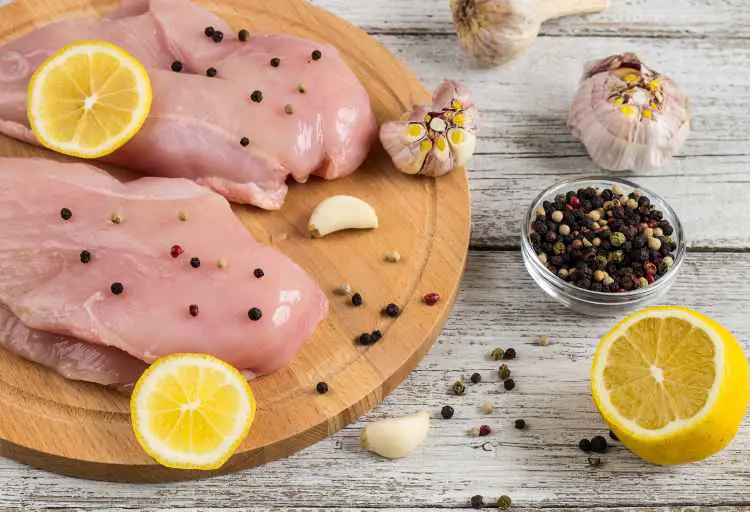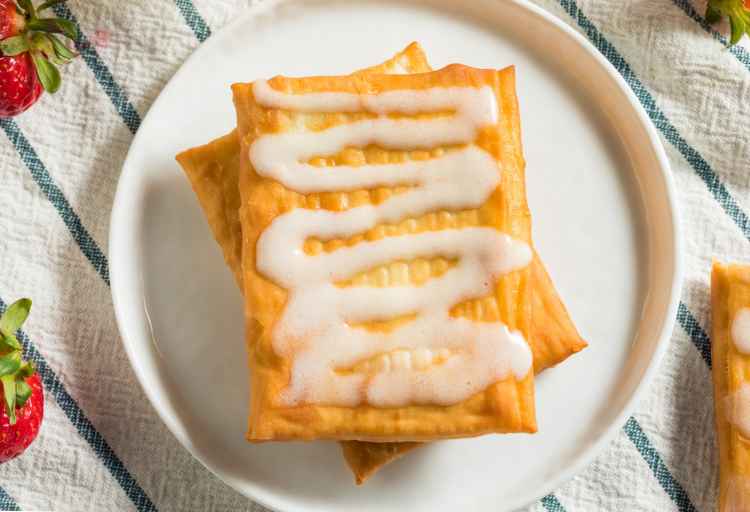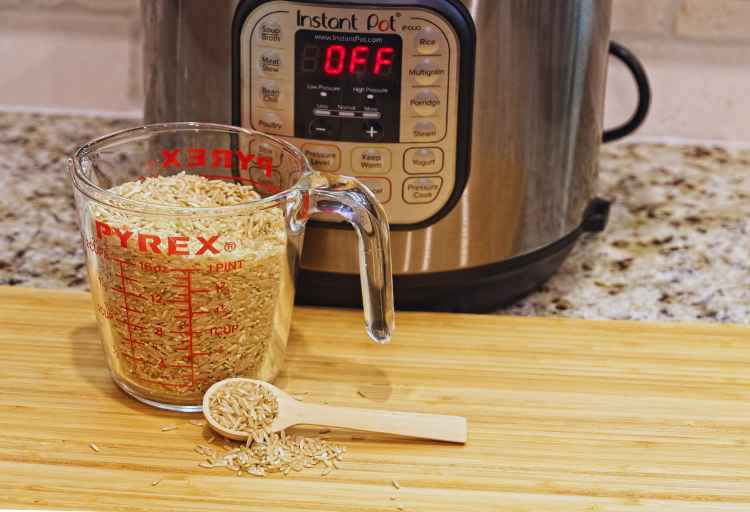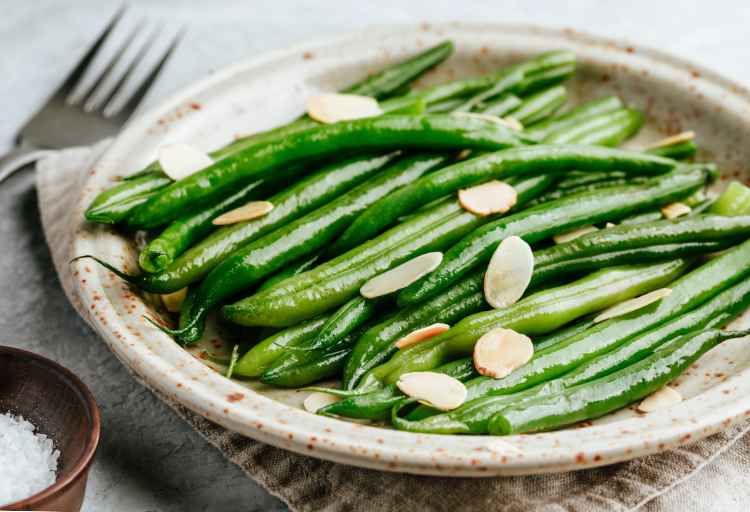How to Cook Barilla Pasta: A Step-by-Step Guide
Cooking pasta is an art that requires precision and attention to detail. Barilla, a renowned pasta brand, offers a wide range of pasta varieties that can be cooked to perfection with the right techniques.
How to cook barilla pasta? Cooking Barilla pasta involves boiling ample salted water, adding pasta, and stirring occasionally. Test for al dente texture, drain, then mix with sauce.
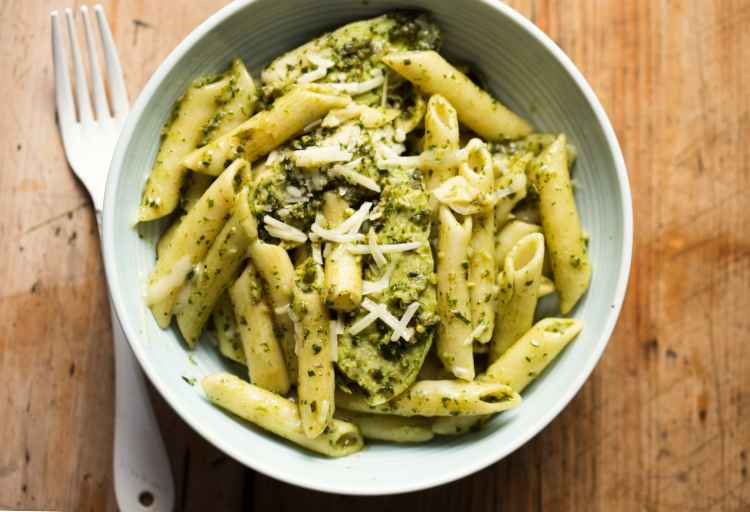
How to cook barilla pasta?
Choosing the Right Pasta Shape
Before diving into the cooking process, it’s important to choose the right pasta shape for your dish. Barilla offers a diverse selection of shapes, from spaghetti and penne to fusilli and farfalle. Each shape pairs best with specific sauces and ingredients.
For example, long pasta like spaghetti works well with smooth sauces, while textured sauces cling better to short pasta like penne. Selecting the appropriate pasta shape is the first step toward a successful dish.
Gathering Your Ingredients
For a basic pasta dish, you’ll need three key ingredients: Barilla pasta, water, and salt. Use a high-quality salt to enhance the pasta’s flavor as it cooks.
Additionally, if you’re preparing a sauced dish, gather the necessary ingredients for the sauce, such as tomatoes, herbs, garlic, and olive oil.
Measuring Pasta and Water
Accurate measurements are crucial for achieving perfectly cooked pasta. A standard serving size is usually around 2 ounces (56 grams) of dried pasta per person.
As for water, use a large pot and fill it with about 4-6 quarts of water per pound of pasta. This ample amount of water prevents the pasta from sticking and ensures even cooking.
Boiling the Water
Place the pot of water on high heat and bring it to a rolling boil. Adding a lid can speed up the boiling process, saving you time in the kitchen.
Adding Salt and Pasta
Once the water reaches a boil, add a generous amount of salt. A guideline is about 1-2 tablespoons of salt per gallon of water.
The salt not only enhances the pasta’s flavor but also seasons it evenly. Next, gently add the Barilla pasta to the boiling water, stirring immediately to prevent sticking.
Stirring and Testing for Doneness
During the cooking process, stir the pasta occasionally to prevent clumping. Barilla pasta usually cooks al dente, which means it should have a slight bite when eaten.
Follow the package instructions for the suggested cooking time, but about 1-2 minutes before that time is up, start testing the pasta for doneness.
Take out a piece and taste it. If it’s slightly firm to the bite, it’s ready. Remember, pasta continues to cook slightly even after draining, so it’s important not to overcook it.
Reserving Pasta Water
Before draining the pasta, set aside a cup of the cooking water.
This starchy water can be used to adjust the consistency of your sauce later on. It helps the sauce adhere better to the pasta and creates a harmonious blend of flavors.
Draining the Pasta
When the pasta is cooked to perfection, carefully drain it in a colander. Avoid rinsing the pasta with water, as this removes the starch that helps the sauce adhere.
Adding the Sauce
If you’ve prepared a sauce, now’s the time to combine it with the cooked Barilla pasta. In a separate pan, heat the sauce gently.
Then, add the drained pasta to the pan and toss it with the sauce. If the sauce seems too thick, you can add a splash of the reserved pasta water to achieve the desired consistency.
Finishing Touches
Once the pasta and sauce are combined, let them simmer together for a minute or two. This allows the flavors to meld, resulting in a more flavorful dish.
You can also drizzle a bit of high-quality olive oil over the pasta for an extra layer of richness.
Garnishing and Serving
To elevate the visual appeal of your dish, garnish it with freshly chopped herbs, grated cheese, or a sprinkle of red pepper flakes.
These finishing touches not only enhance the flavor but also make the dish more visually appealing.
Conclusion
Cooking Barilla pasta to perfection is a rewarding endeavor that starts with selecting the right pasta shape and ends with a beautifully sauced dish.
By following these step-by-step instructions, you’ll be able to create delicious pasta meals that will impress your family and friends.
Remember, the key lies in using high-quality ingredients, precise measurements, and a little bit of patience.
With practice, you’ll master the art of cooking Barilla pasta and enjoy culinary success in your kitchen.
FAQs
How much pasta should I cook per person when using Barilla pasta?
A standard serving size is approximately 2 ounces (56 grams) of dried Barilla pasta per person. Adjust quantities based on your guests’ appetites.
What’s the recommended cooking time for Barilla pasta?
Follow the package instructions for suggested cooking times. Begin testing for doneness a minute or two before the recommended time to achieve that perfect al dente texture.
Can I rinse Barilla pasta after cooking?
It’s best to avoid rinsing Barilla pasta after cooking, as this removes the starch that helps sauces adhere to the pasta. Simply drain the pasta in a colander.
How do I prevent Barilla pasta from sticking together while cooking?
Stir the pasta immediately after adding it to boiling water and stir occasionally during cooking. Using a large pot with ample water also helps prevent sticking.
What’s the purpose of reserving pasta water?
Reserving pasta water is a smart technique. Its starch content can be used to adjust sauce consistency, aid in sauce adherence, and enhance the overall flavor of your dish.

